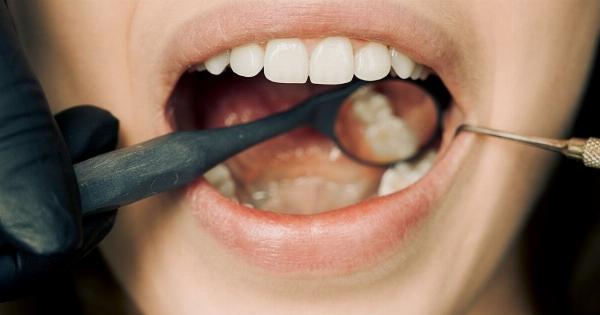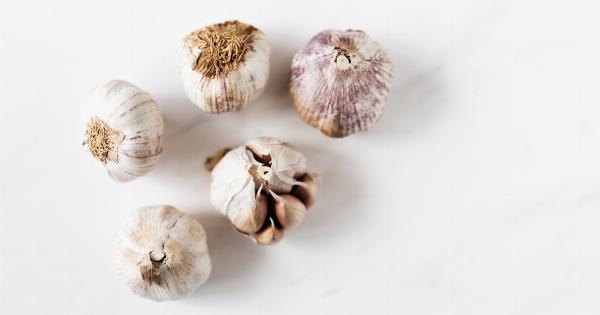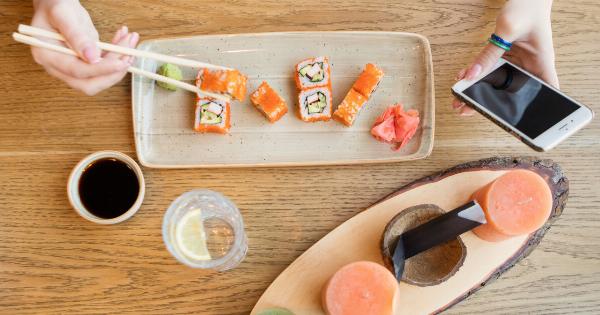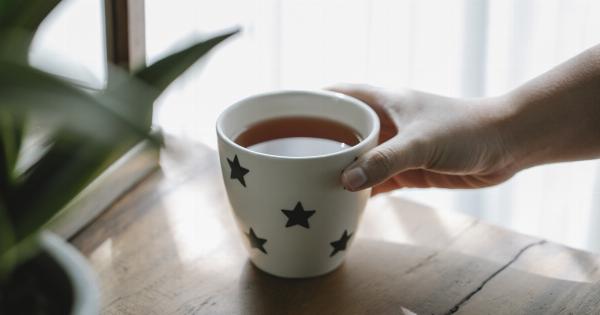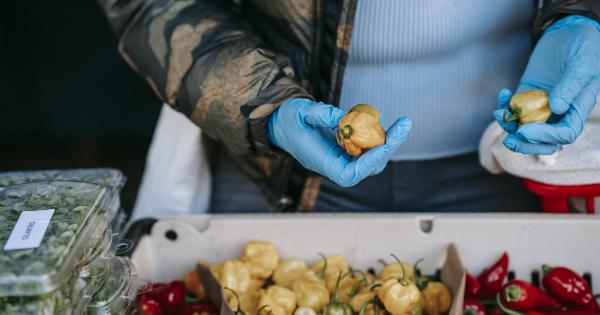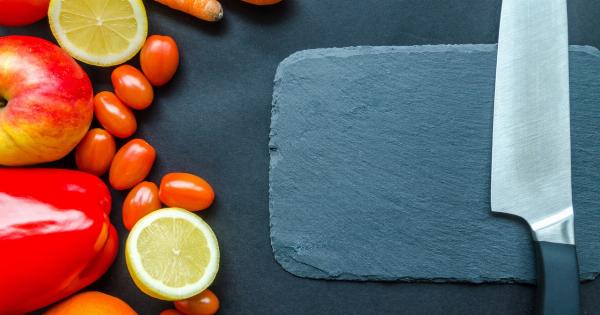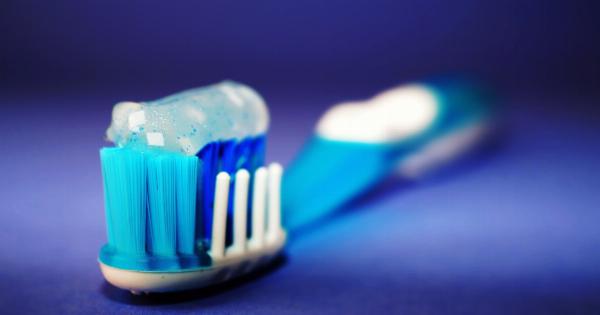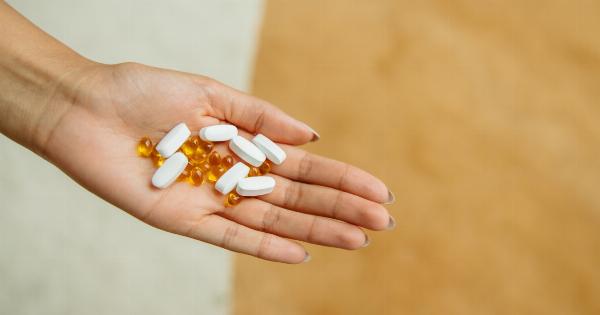Everyone desires a bright and beautiful smile that exudes confidence and health. However, certain factors can lead to the yellowing of our teeth, compromising our aesthetic appeal.
While there are various causes of tooth discoloration, one significant factor is the food we consume regularly. In this article, we will explore the yellowing culprits and highlight the foods that should be avoided to maintain a sparkling smile.
The Role of Pigments in Tooth Discoloration
Before diving into the specific foods that contribute to tooth discoloration, it is essential to understand the role of pigments. Teeth consist of an outer layer called the enamel, which protects the inner dentin layer.
The natural color of dentin is yellowish, with the enamel overlaying it. The thickness and smoothness of enamel determine the extent to which dentin color is visible. The presence of certain pigments in foods and drinks can bind to the enamel, leading to discoloration over time.
Coffee and Tea: The Daily Dyes
Starting off the list are two popular beverages enjoyed by billions worldwide – coffee and tea. Both coffee and tea contain pigments known as chromogens, which are notorious for staining teeth.
Additionally, these beverages are acidic in nature, which weakens the enamel and makes it more susceptible to staining. If you can’t imagine starting your day without a hot cup of coffee or tea, consider limiting your consumption and rinsing your mouth with water afterward to minimize their damaging effects.
Cola and Other Carbonated Drinks
Another group of beverages to steer clear of if you want to maintain pearly whites are cola and other carbonated drinks. These sweet and fizzy refreshments contain high levels of acid and chromogens, putting your teeth at risk of staining and erosion.
Additionally, the dark color of cola can leave an unpleasant yellowish tint on your teeth. If you must indulge in fizzy drinks, try using a straw to minimize contact with your teeth, and always remember to rinse your mouth afterward.
Dark Sauces: Soy, Tomato, and More
Dark sauces like soy sauce, tomato sauce, and balsamic vinegar may bring flavor to your food, but they can also leave behind stubborn stains on your teeth.
These sauces contain intense color pigments that can penetrate the enamel, resulting in discoloration over time. When consuming dark sauces, it is advisable to pair them with foods that encourage chewing or incorporate crunchy vegetables, as the act of chewing generates saliva that helps wash away the pigments from the teeth.
Berries: Delicious but Destructive
Berries are packed with antioxidants and numerous health benefits, but their rich color and high acidity make them potential culprits for tooth discoloration.
Blueberries, blackberries, and raspberries, in particular, can leave dark stains on your teeth. Nonetheless, this doesn’t mean you have to eliminate these nutritious fruits from your diet altogether. Instead, try consuming them in moderation and rinse your mouth thoroughly with water afterward.
Curry: A Flavorful Foe
Indian cuisine enthusiasts are familiar with the vibrant and delicious spice known as curry. However, this flavorful foe can take a toll on your teeth.
The bright yellow pigment found in curry dishes can contribute to tooth discoloration, making your smile lose its luster. To counteract the potential staining effects of curry, consider consuming it with fibrous foods like cauliflower or broccoli, which can help prevent the pigment from settling on the enamel.
Sweets and Candies: The Double-Edged Treats
Indulging in sugary treats and candies not only harms your overall health but also leads to tooth discoloration. The combination of high sugar content and the presence of chromogens in these goodies can accelerate the yellowing process.
Moreover, sticky candies can cling to the teeth for an extended period, providing more time for the pigments to seep into the enamel. Opt for healthier alternatives like sugar-free gum or dark chocolate with higher cocoa content to satisfy your sweet tooth.
Red Wine and Alcohol: Cheers with Caution
A glass of red wine may complement your evenings perfectly, but it poses a risk to your teeth. Red wine contains both acid and chromogens, making it a double threat for tooth discoloration.
Similarly, other alcoholic beverages like white wine, cocktails, and spirits also contribute to yellowing teeth. To minimize the staining effects, try sipping water in between alcoholic beverages, which helps rinse away the pigments and reduces their contact time with your teeth.
Acidic Fruits: The Sour Side of Dentin
While acidic fruits like lemons, grapefruits, and oranges provide an excellent source of vitamin C, their high acidity levels weaken the enamel and make it more prone to staining.
Moreover, the vibrant colors of some citrus fruits can leave behind unsightly stains. To minimize the impact, consume acidic fruits in moderation and rinse your mouth with water afterward to neutralize the acidity.
It is also advisable to wait for at least 30 minutes before brushing your teeth after consuming acidic foods to allow the enamel to remineralize.
Artificial Food Coloring: A Rainbow of Risks
Artificial food coloring is widely used to enhance the visual appeal of various processed foods and beverages. These vibrant pigments, however, can stain your teeth in the same way as natural food pigments.
Popular culprits include brightly colored candies, popsicles, and flavored drinks. To reduce the risk of discoloration, limit the consumption of artificially colored foods and opt for natural alternatives when possible.
Conclusion
While it may seem challenging to avoid all tooth-staining foods, being aware of the yellowing culprits can help you make better choices for maintaining a bright smile.
Incorporate good oral hygiene practices, such as regular brushing and flossing, and consider teeth whitening treatments if discoloration persists. By actively avoiding or minimizing the consumption of these tooth-staining foods, you can preserve the natural whiteness of your teeth and confidently flaunt your beautiful smile.




